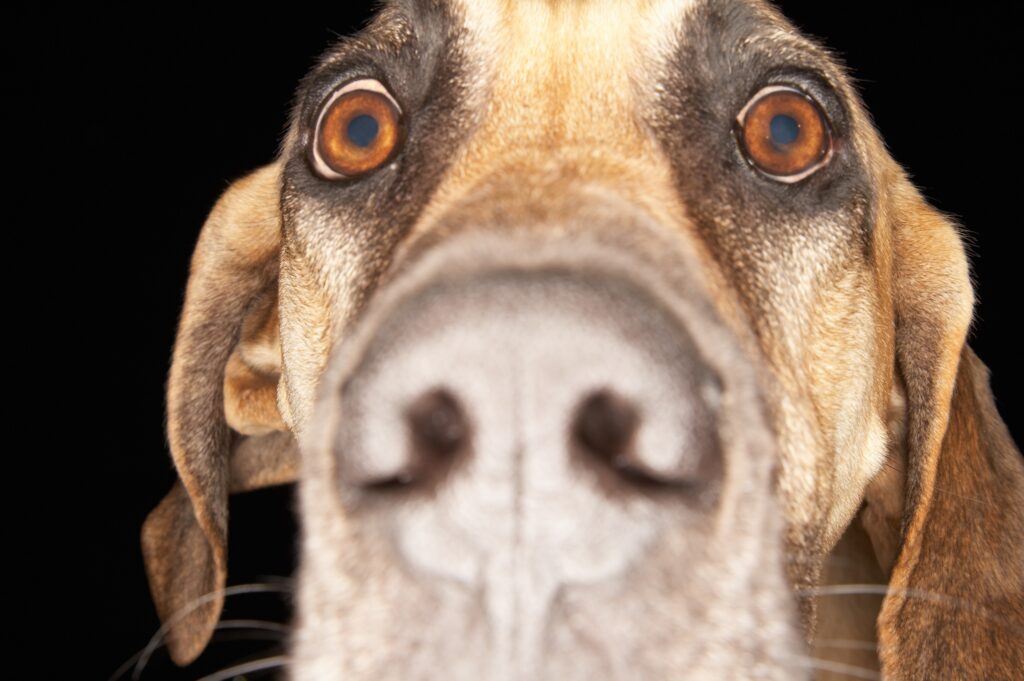All you need to know about Cherry Eye
It is an acknowledged fact that the eye is one of the most sensitive parts of the living being. If irritated, it has been experienced as one of the most uncomfortable states to be in. A minor accident can lead to a risky condition of the eye and which can become complicated.
While there are many diagnosed conditions related to the human being’s eye and multiple specialised treatments, Did you know that your dog could silently be suffering from an eye infection? Dog eye infections are very common yet, often neglected.
It is one of the most common infections in dogs as they rub their faces in unhealthy places, mud and whatnot. Their eyes have a higher chance of being in contact with germs and other risk factors.
What is Cherry Eye infection in dogs?
Table of Contents
Cherry eye is a condition also medically known as the prolapse of the third eyelid gland. The fact is that many dogs and other animals can have a third eyelid, and it is very common. Although the third eyelid is supposed to work as a layer for extra care, it can itself be the risk factor at times. The third eyelid contains the gland that produces the protective tear film, and when this gland prolapses, cherry eye infection occurs.
How does cherry eye look like?
Cherry eye infection is called what it is because when the gland prolapses, a cherry-like blob in pink colour is seen in dogs’ eyes. It is very apparent and looks like something is stuck in the dogs’ eye. The red blob makes the dogs look teary and uncomfortable to look at.
Clinical signs of cherry eye in dogs:
- The swollen red blob is the biggest symptom and indication of a cherry eye infection.
- The eyes of the infected dog may be dry and irritated.
- The eyes can also be inflamed and reddish.
Treatment of cherry eye in dogs:
Some people assume that cherry eye is a minor condition that can go away on its own after a while. But, this is not true. A veterinarian may initially advise some eye drops to soothe the eye temporarily and treat the dryness and the irritation, but this is not a long term solution.
Surgery is the only solution for cherry eye in dogs. Through surgery, the gland is repositioned to get red of the cherry eye but preserve the tear production at the same time. It is very important not to prolong the condition and get it treated as soon as possible; otherwise, it can permanently damage the eye.
In some cases, dogs have the cherry eye in one of their eyes, and some have it in both. It is more likely to happen than if a dog has the infection in one eye. It can develop quickly in the other too. It is not exactly known that why this happens in most dogs and especially observed to be in certain breeds.

Possible complications of cherry eye in dogs:
Dogs’ eye surgery complications can be just like humans, anything that goes slightly wrong can create more problems, further irritation and the possibility of more infections. The eye still may look reddish and inflamed right after the surgery, but the cherry eye blob condition is no more visible. this is very common and on some days, the redness and the inflammation are also treated.
Surgery followups:
Normally, the dog may be hospitalised for a short time and some follow up instructions may be given like taking care of the fact that your dog does not scratch or rub their eyes after the surgery and let it heal. The expected period towards recovery is two weeks after the surgery and most dogs go back to normal, feel and look much better.
It is also common that your dog may be discharged with an antibiotic ointment after the surgery which may be advised to be applied twice daily in most cases (depends on your veterinarian). It is also possible that walks may be avoided if the dog strains on the lead as pressure on the neck will encourage the gland to protrude again, which will not help the recovery.
Also, a collar will be provided to prevent your dog from rubbing at the stitches and should be left on twenty-four hours a day possible for the next ten days. Then, commonly post-surgery check-ups are scheduled to keep a check and regular examination of how the recovery is looking like.
The care provided after the surgery is indeed more important than the surgery itself, as if not dealt with care and certain preventions, this could cause more complications and further infection.
The case of the untreated cherry eye:
If the cherry eye condition is left untreated in dogs, it can get more complicated. The decreased tear production can lead to incomplete closure of the eye and cause dryness.
Prevention:
This condition is very common in dogs and cannot be prevented, but it is very important to not breed a healthy dog with a cherry eye infected dog so that more generations do not inherit the infection. It is also important to not take your dog around other dogs with the cherry eye infection.

Conclusion:
As most people claim that their dog is the apple of their eye, they must take care of them accordingly. A dog has a lot of medical and emotional needs and the right treatment needs to be provided at the right time to prevent further complications and an uncomfortable experience for your dog.
The right medical advice and examination are very important in the case of cherry and one must never treat their dog with any eye drops and home remedies on their own as the eye is the most sensitive part of the body.
Note!
For further information related to the specific case of your dog’s eye infection, make an appointment with a veterinarian right away and do not prolong it.

